Polar bears, the majestic creatures of the Arctic, are facing an unprecedented challenge as rising temperatures reshape their icy habitat. As the world warms, these bears are forced to adapt in increasingly creative, and sometimes desperate, ways to survive. Here’s a look at 13 incredible strategies polar bears are employing to cope with the heat and ensure their continued existence.
1. Raiding Bird Nests
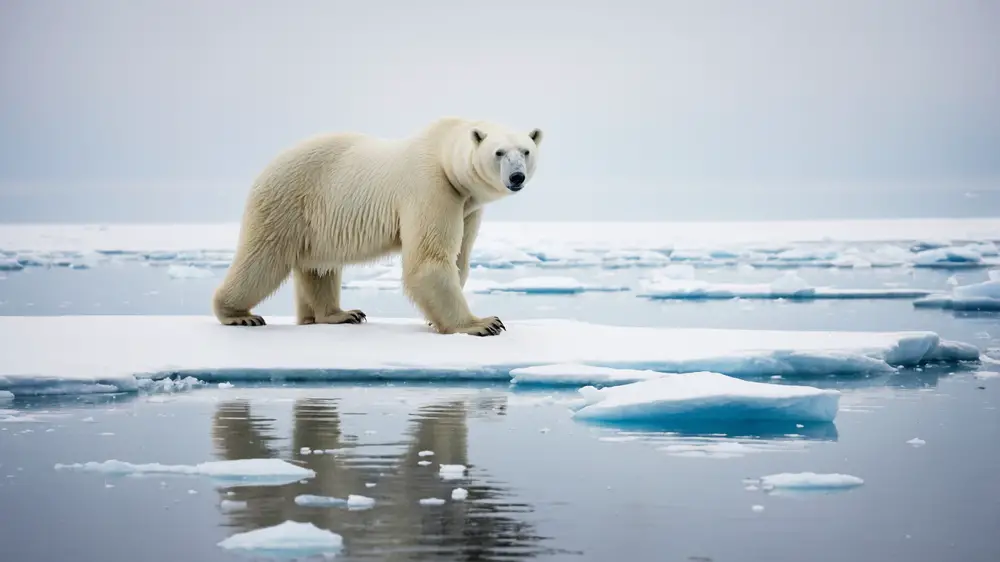
Imagine stumbling upon a polar bear delicately picking its way through a rocky cliff, eyes trained on the sky. That’s exactly what some bears are doing as they turn to bird nests for sustenance. With traditional hunting grounds melting away, the bears have started raiding nests for eggs, a calorie-dense resource that can offer a temporary reprieve from hunger. This new behavior underscores a dramatic shift in their diet, once almost exclusively reliant on seals.
According to a study published in the journal Frontiers in Ecology and the Environmen, this adaptation shows the polar bear’s remarkable flexibility in the face of climate change. Researchers observed that while this behavior can help in the short term, it’s not a sustainable long-term solution, given the limited availability of eggs compared to their usual prey. The study also notes the potential impacts on bird populations, raising new conservation concerns. It’s a complex web of survival, highlighting just how interconnected—and fragile—Arctic ecosystems are.
2. Swimming Longer Distances
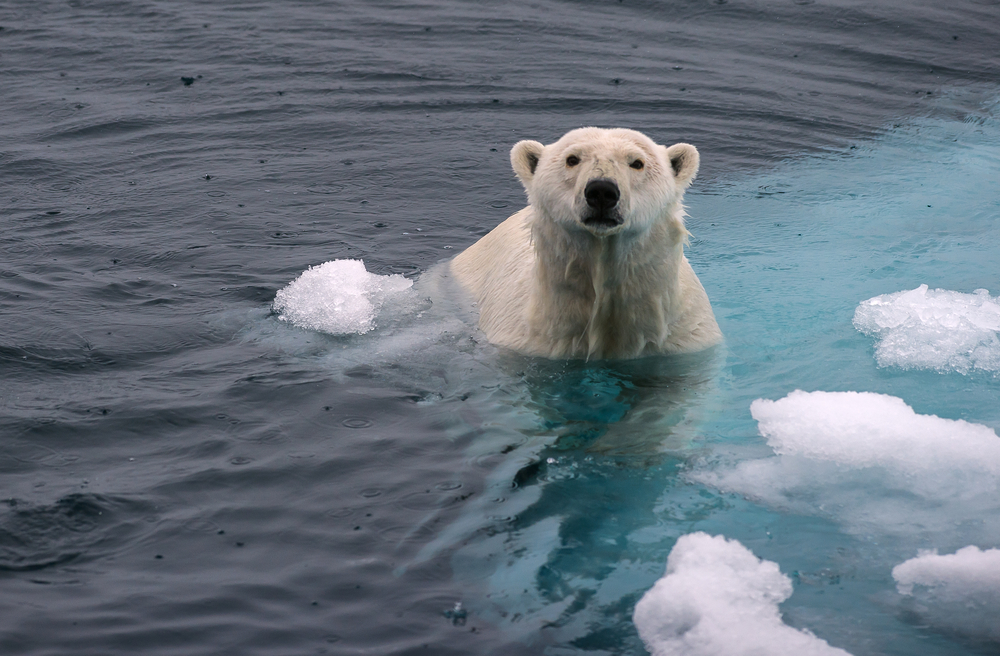
You’ve seen polar bears in documentaries, majestically traversing ice floes, but now they’re swimming longer distances than ever before. As sea ice retreats, bears are forced to swim hundreds of miles in search of stable platforms or food, a journey that once required much less exertion. This increased swimming places significant physical demands on them, leading to exhaustion and, in some cases, drowning, especially for younger bears. It’s a perilous journey, showcasing the harsh realities of a warming world.
In these lengthy swims, polar bears are burning energy reserves meant for other survival activities, affecting their overall health and ability to reproduce. What’s more, prolonged exposure to cold water can lead to hypothermia, even for these adapted creatures. The risks are real and mounting, as every long swim represents a gamble with survival. It’s a stark reminder of the urgent need for climate action to preserve their natural habitats.
3. Foraging for Human Garbage
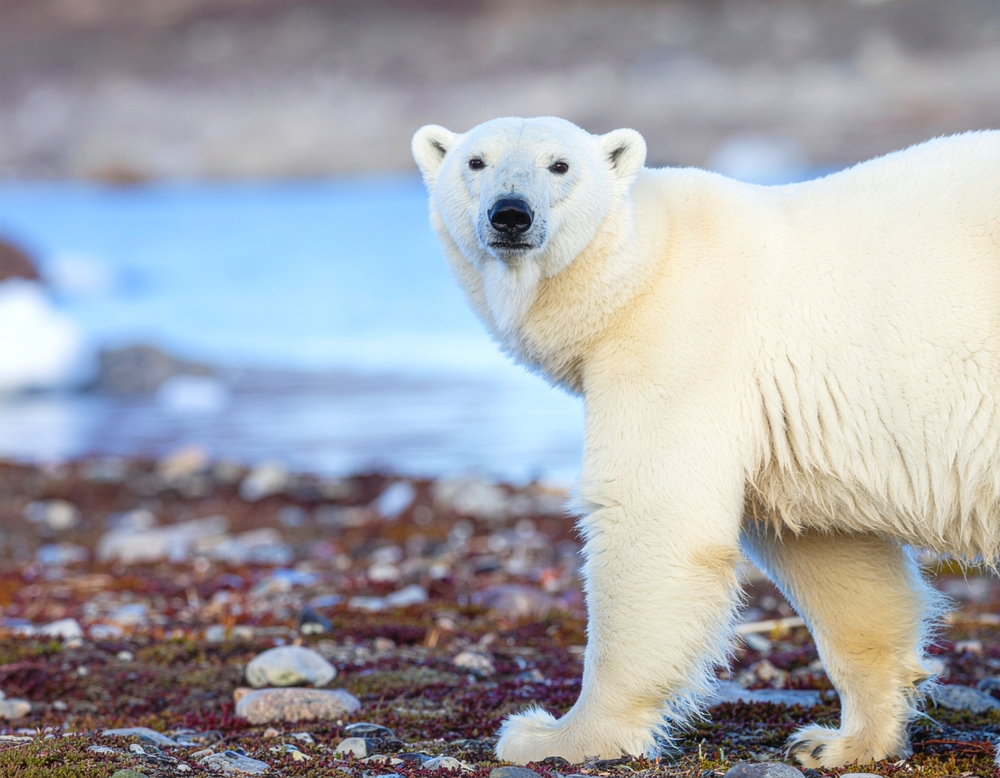
In a desperate twist of adaptation, some polar bears have been seen rummaging through human garbage in Arctic communities. With diminishing access to their natural prey, these bears are turning towards human settlements, scavenging for anything edible. It’s a dangerous proximity that often leads to conflict, posing risks to both bears and humans. The bears’ presence near towns is a new phenomenon, highlighting their struggle in a rapidly changing environment.
A report by the World Wildlife Fund (WWF) emphasizes how this behavior can lead to dangerous encounters and increased mortality rates for the bears. The study indicates that as food becomes scarce, bears are more likely to approach human habitats, leading to potential culls or accidents. It’s a precarious situation that requires thoughtful management and community involvement to protect both bears and people. The WWF advocates for better waste management in these areas to minimize these encounters.
4. Eating Carcass Remains
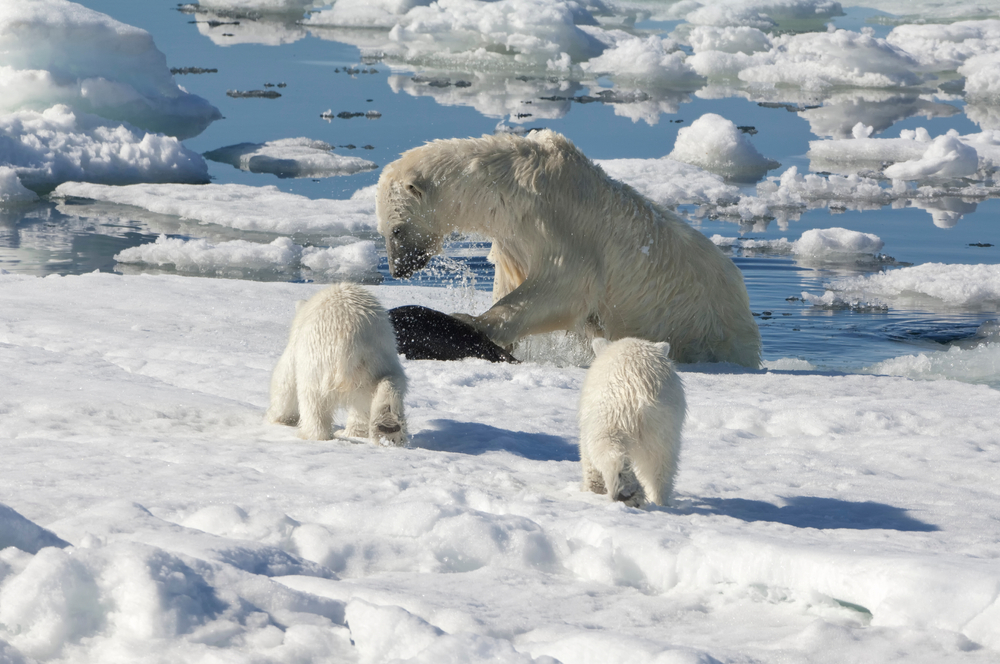
Polar bears, once the top predators of the Arctic, are increasingly becoming scavengers. With the seal population becoming harder to hunt, these bears are turning to carcasses left by other animals or hunters. It’s not their preferred diet, but it’s a necessary adaptation in a landscape where food is no longer as accessible. Each meal of carrion is a testament to the bears’ resilience and adaptability in the face of adversity.
However, relying on carcasses presents its own set of challenges, including the potential for ingesting spoilage or disease. There’s also competition from other scavengers, making it a risky strategy that doesn’t always pay off. Still, it provides critical nourishment in lean times, especially during the ice-free months. It’s a somber reminder of the resourcefulness required to endure in today’s Arctic.
5. Delaying Maternity Dens

Polar bears are known for their maternity dens, where they give birth and nurse their cubs in relative safety. However, due to changing ice conditions, some bears are delaying the establishment of these dens, searching for stable snow cover to ensure their cubs’ survival. This delay can impact cub development and survival rates, as the timing of birth and nursing is critical in the harsh Arctic environment. It’s a risky gamble that many bears are now forced to take.
Research from the Norwegian Polar Institute sheds light on this behavioral shift, noting that bears are spending more time searching for suitable denning sites. The study highlights how late denning can lead to reduced cub survival and affects the mother’s health, as she cannot hunt during this period. Scientists emphasize the importance of protecting critical denning habitats to support polar bear populations. This adaptation is yet another sign of the far-reaching impacts of a warming climate.
6. Expanding Their Range
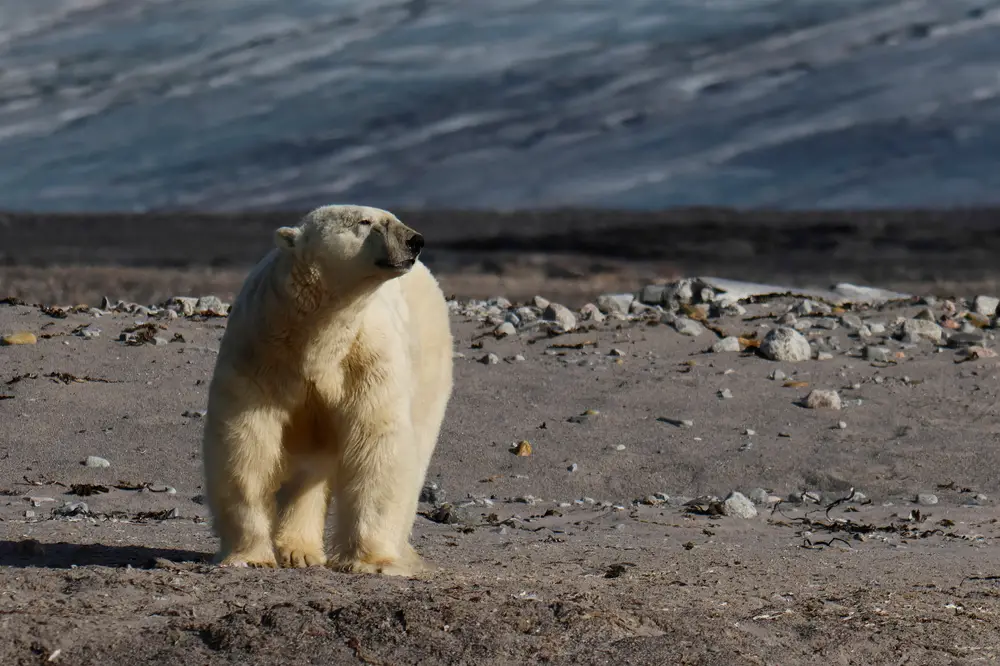
Polar bears have traditionally been creatures of the ice, but now they’re expanding their range into areas once considered atypical for their species. As sea ice retreats, they are venturing further inland and exploring areas previously uninhabitable. This expansion is a double-edged sword, offering new opportunities but also new challenges, such as competition with inland predators like grizzly bears. It’s a bold move born out of necessity, illustrating their fight for survival.
While expanding their range may provide access to new food sources, it also comes with increased risk of human encounters and habitat conflicts. The bears are treading into territories where they may not be welcome, leading to potential conflicts with humans and other wildlife. This shift underscores the need for comprehensive conservation strategies that consider the broader ecological implications. It’s a testament to the polar bear’s tenacity, even as it navigates uncharted territories.
7. Altering Hunting Techniques
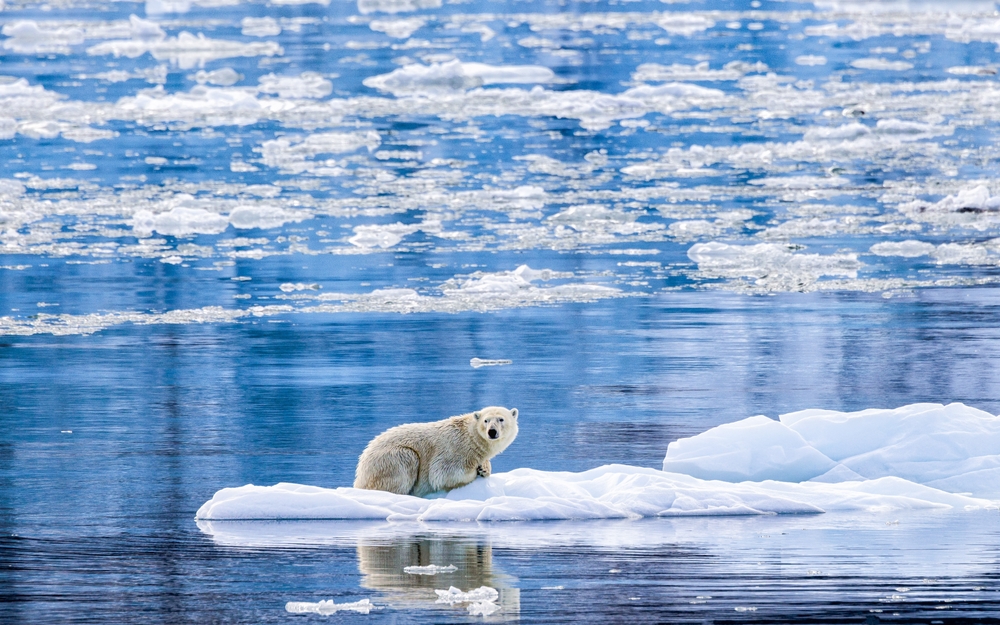
Polar bears are evolving their hunting techniques to adapt to their changing environment. With sea ice melting earlier in the year, bears are learning to hunt from land, a significant shift from their usual ice-based hunting grounds. They’re observed using ambush strategies, waiting near the water’s edge or seal breathing holes on land, showcasing their incredible adaptability. It’s a testament to their intelligence and survival instincts in a rapidly transforming world.
According to a study in Ecology Letters, these new hunting strategies are vital for survival, but they come with reduced hunting success compared to traditional methods. The research highlights how these shifts could impact polar bear nutrition and population dynamics in the long term. As the bears refine and adapt these techniques, their success will depend heavily on the continued availability of prey in these new contexts. It’s a delicate dance of adaptation, underscoring the challenges of living in a changing Arctic.
8. Moving to Urban Environments
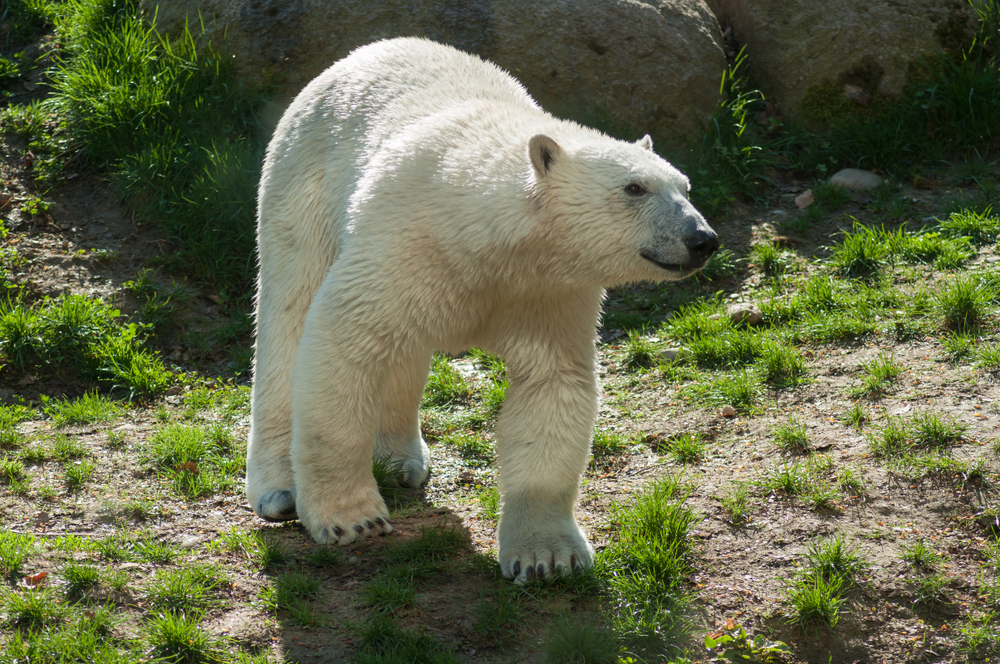
In an ironic twist, some polar bears are finding refuge in urban environments, further evidence of their adaptability. These urban settings offer new food sources but also come with significant risks, such as potential human-wildlife conflicts. The bears’ presence in cities challenges traditional notions of polar bear habitats and raises questions about coexistence. It’s a striking example of how wildlife is reshaping its boundaries in response to climate change.
While cities can provide temporary relief, they’re far from ideal environments for polar bears, which require vast expanses of territory and specific prey. Urban environments also pose threats of pollution, traffic, and human interaction, which can be deadly. The growing trend of bears in cities prompts urgent discussions about wildlife management and conservation strategies. It’s a bittersweet adaptation, reflecting both the bears’ resilience and the precariousness of their situation.
9. Engaging in Food Caching
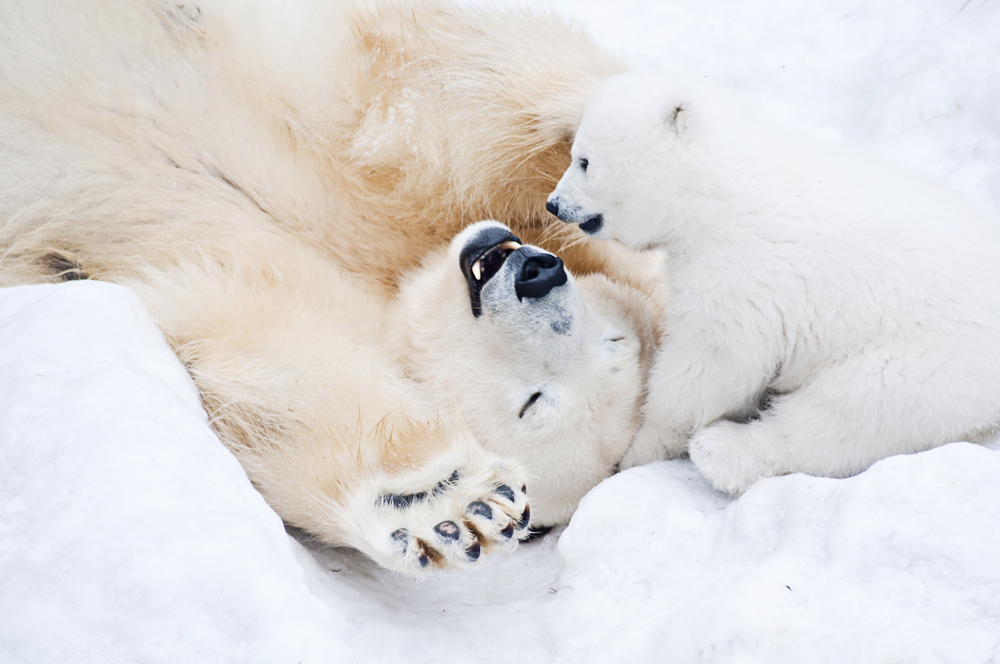
Food caching has become a survival strategy for polar bears as they adapt to the uncertainty of finding consistent meals. By storing food in hidden spots, they can return later to a much-needed meal, a tactic often used by other species but relatively new for polar bears. This behavior illustrates their ingenuity and the increasing variability in their food supply. As climate change alters their environment, these bears are embracing new methods to ensure their survival.
Caching food offers several benefits, such as reducing energy expenditure associated with hunting and securing meals during scarce times. However, it also requires a keen memory and territory defense, as other scavengers may discover and raid these caches. This strategy highlights the bears’ adaptability, but it’s not without its challenges. In a world where food scarcity is becoming the norm, this newfound skill could make the difference between life and death.
10. Consuming Vegetation
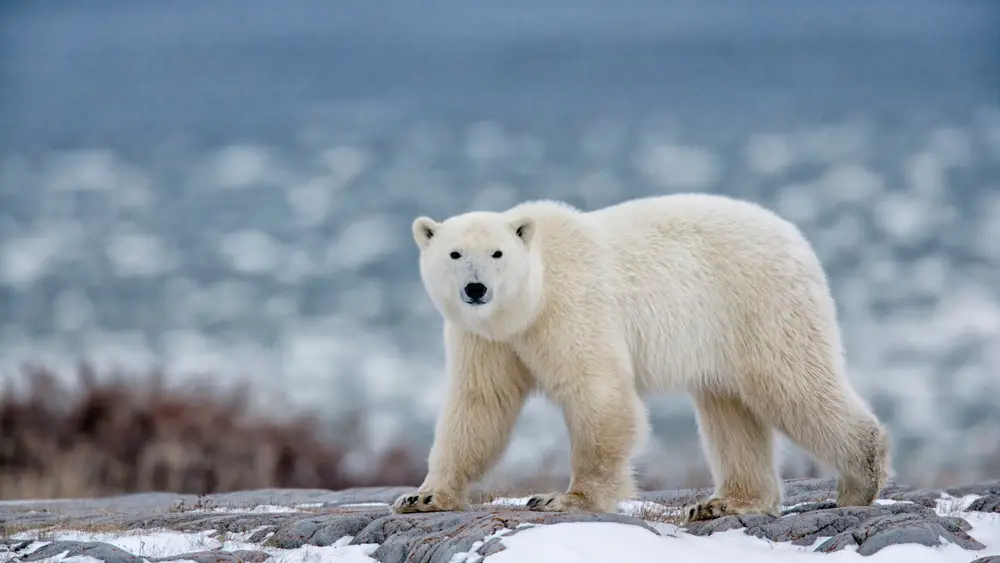
In a surprising twist, polar bears are turning to vegetation to supplement their diets as traditional food sources become increasingly scarce. While typically carnivorous, these bears are seen nibbling on berries, roots, and other plant materials, a behavior once rarely observed. This dietary expansion marks a significant shift in their feeding habits, showcasing their adaptability in the face of environmental stressors. It’s a testament to their remarkable resilience and the changing nature of the Arctic ecosystem.
Venture into the tundra, and you might spot a polar bear foraging among the sparse vegetation, a sight that speaks volumes about their survival instincts. Consuming vegetation might not meet all of their nutritional needs, but it provides essential vitamins and minerals missing from an all-meat diet. This newfound flexibility underscores the importance of diverse habitats that support multiple food sources. As the Arctic continues to warm, polar bears’ reliance on vegetation could become an increasingly vital survival strategy.
11. Forming Unusual Alliances
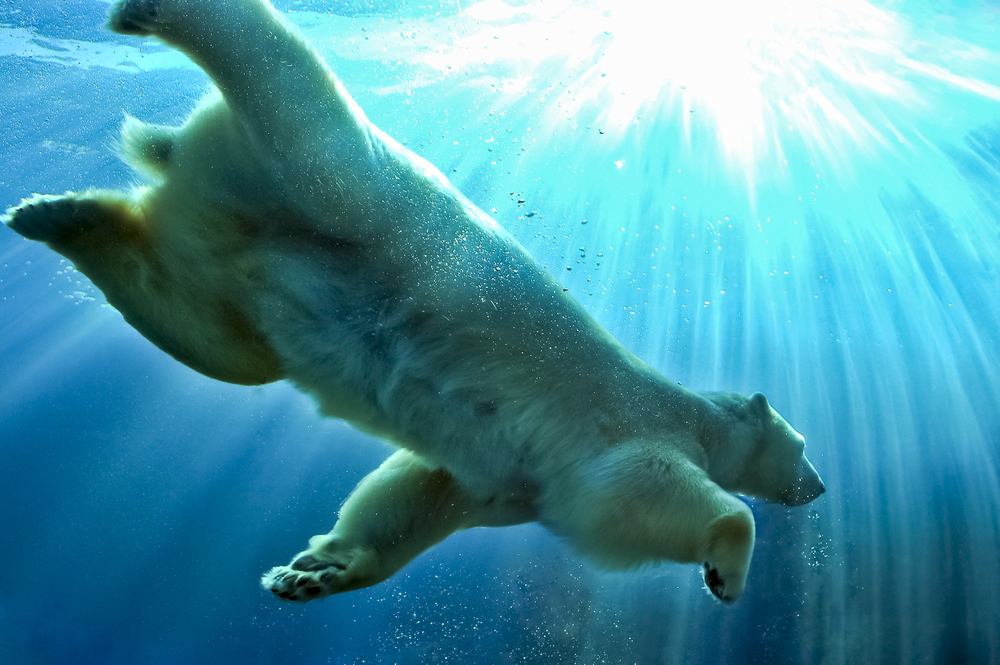
Polar bears are known for their solitary nature, but in recent years, unusual alliances have been observed. Some bears are forming temporary partnerships, hunting together or sharing food sources, showcasing a social flexibility previously unrecognized. These alliances allow them to conserve energy and increase hunting success rates, a significant advantage in a challenging environment. It’s a fascinating development, illustrating the bears’ capacity for social adaptation.
While these partnerships can improve survival chances, they also require a delicate balance of cooperation and competition. The bears must navigate complex social dynamics, including trust and resource sharing, which can sometimes lead to conflict. This behavior reflects an adaptive response to environmental pressures, where the benefits of cooperation outweigh the risks. In a world where survival increasingly depends on strategic alliances, these bears are rewriting the rules of social interaction.
12. Reducing Activity Levels
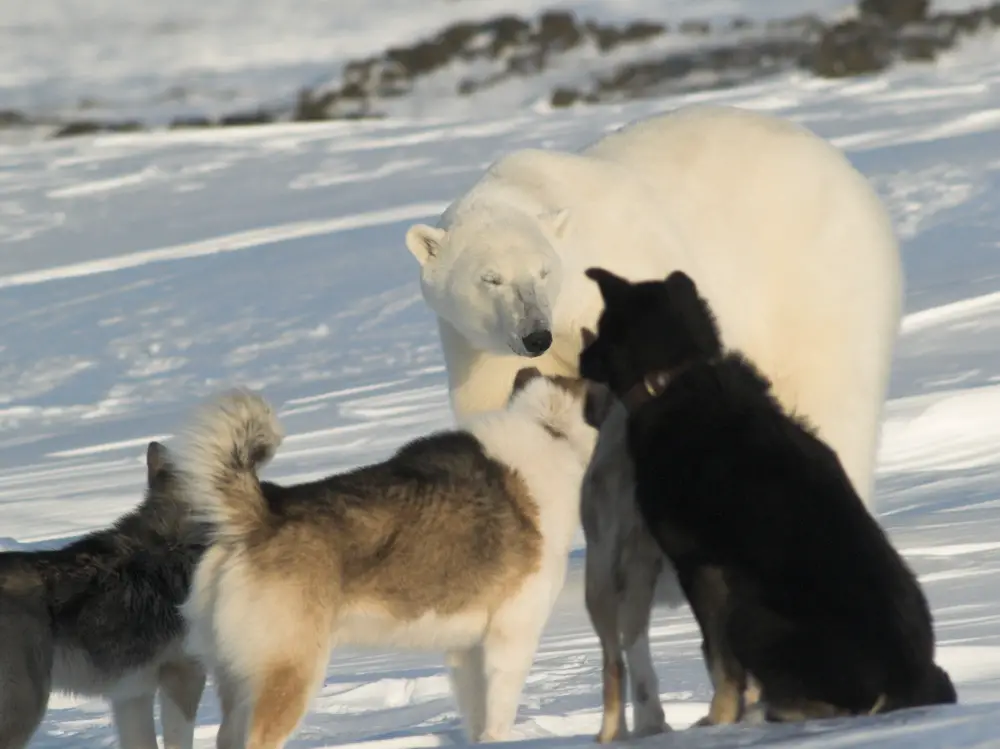
Faced with dwindling resources, polar bears are reducing their activity levels to conserve energy. By adopting a more sedentary lifestyle, they can stretch their fat reserves longer during periods when food is scarce. This energy-saving strategy is critical for surviving prolonged fasting periods when hunting opportunities are limited. It’s a calculated adjustment, balancing the need for movement with the necessity of conservation.
While this behavior helps them endure lean times, it also has potential drawbacks, such as reduced reproductive success and slower cub development. The bears must weigh the benefits of conserving energy against the risks of missing hunting opportunities. It’s a delicate balance that highlights the complex decisions polar bears must make to survive. As climate change continues to alter their environment, these bears demonstrate remarkable resilience and adaptability in their energy management strategies.
13. Seeking Out New Migration Patterns
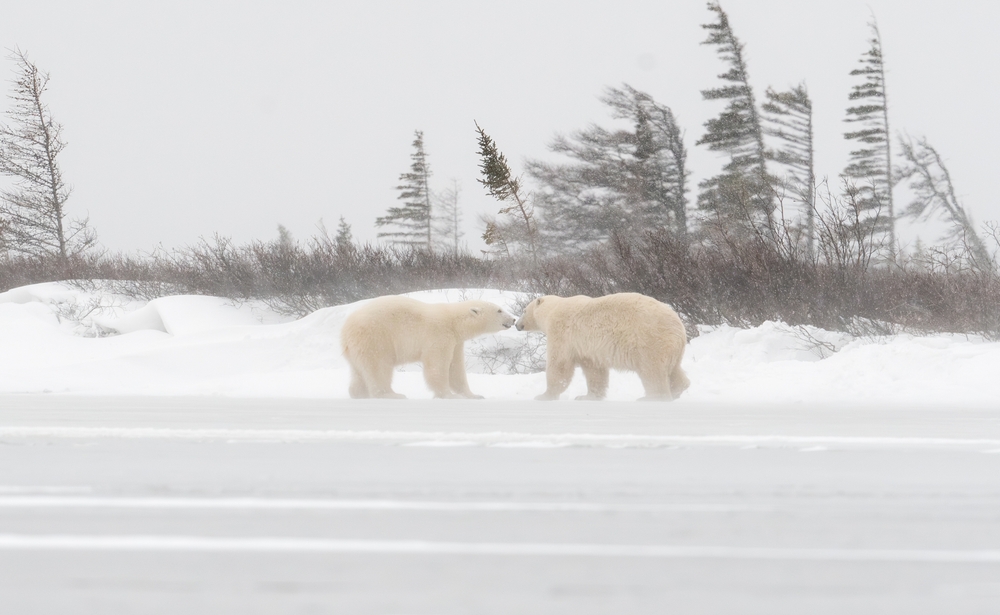
Polar bears are redefining their migration patterns in response to shifting ice conditions. With traditional routes becoming unreliable, they’re exploring new paths, often traveling greater distances to find ice, food, and suitable habitats. This adaptation speaks to their incredible resilience and willingness to navigate uncharted territories in search of survival. It’s a testament to their enduring spirit in an ever-changing world.
However, these new migration patterns come with significant risks, including increased energy expenditure and potential encounters with humans. The bears must balance the need to find stable environments with the challenges of longer, more arduous journeys. This shift emphasizes the importance of monitoring polar bear movements to understand the broader impacts of climate change on Arctic ecosystems. It’s a poignant reminder of the lengths to which these creatures will go to adapt—and survive—in a warming world.
